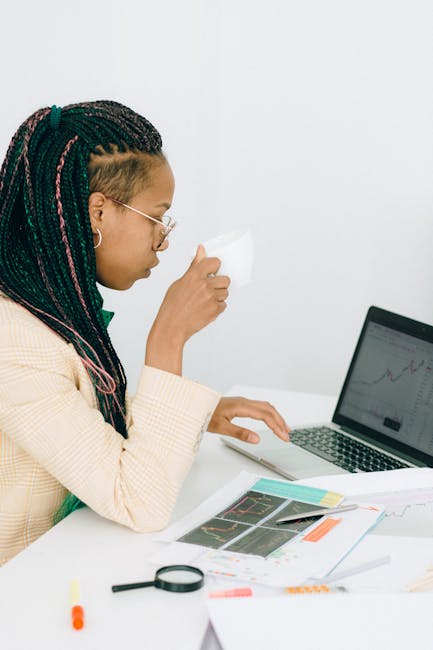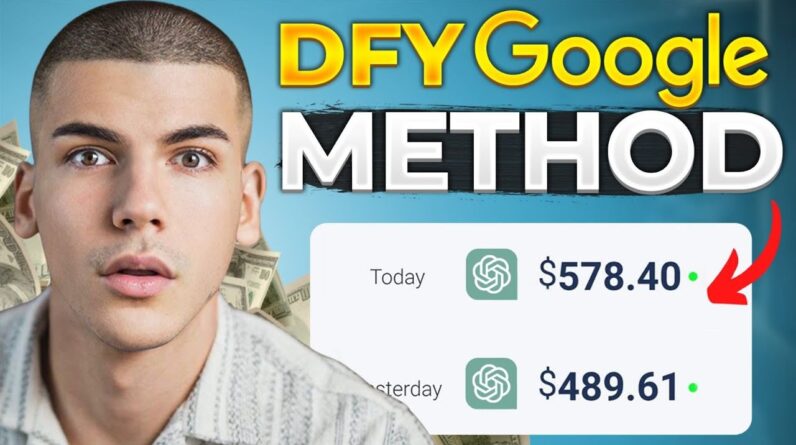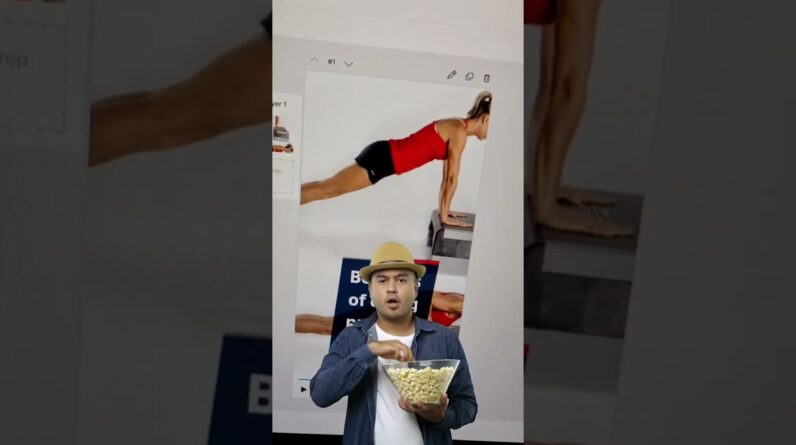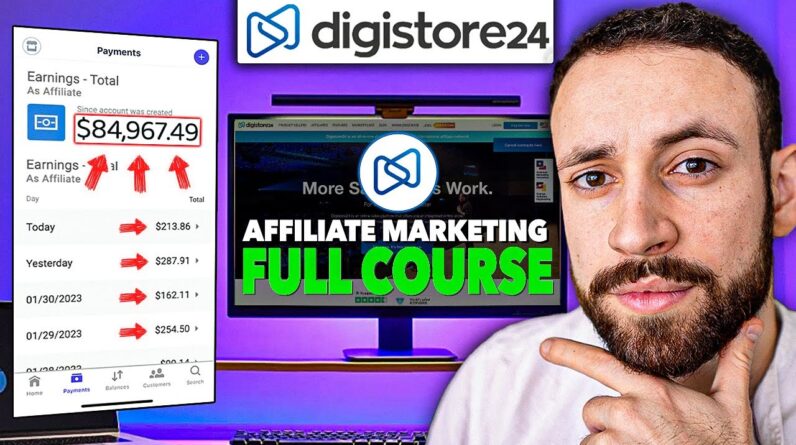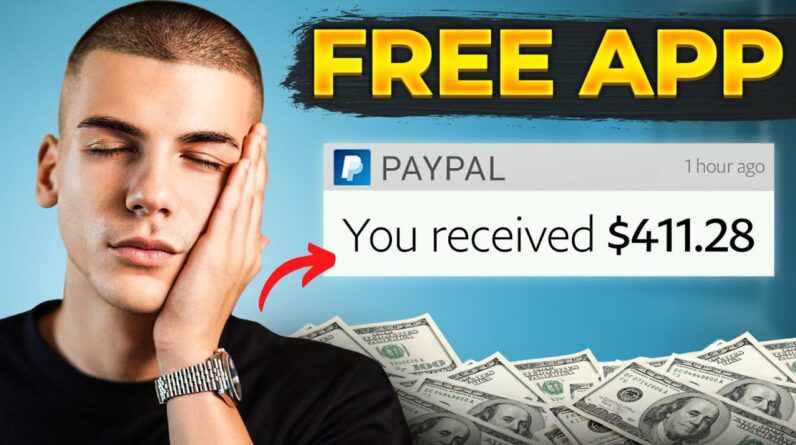hey traders alex long here and welcome back to the forex trading for beginners video series what we're going to talk about in this video are currency pairs and the reason that we're going to do that it may sound obvious for some of you that know a little bit about currency trading but bear with me because there are some aspects of this which are really important to grasp and most retail traders don't pay any attention to it at all okay so when we're trading currencies we're trading them in pairs i'm trading one currency against another so for example i might be trading the euro against the dollar or the pound against the dollar or the pound against the yen for example but what's important to understand is that there are two constituents to that particular trade all right so if i'm trading the euro against the dollar i'm trading the euro and the dollar in which case i'm having to take a view on the euro and i'm having to take a view on the direction of the dollar and the reason that that is important to understand is that it's our job as traders to make sure that we deploy our capital in the areas where we're most likely going to make money and there are going to be instances when you look at the euro and you believe that the euro is going to go up in value and then you look at the dollar and you think that it's going to go up in value as well so what you have there is you've got like a diamond a dynamic of a strong currency against a strong currency now what you would prefer to do is have a strong currency against a weak currency so you might look across all of the different currencies and you might see that actually while the japanese yen for example looks like it's weak or it's going to weaken so the better trade might be to put the euro against the yen so you're putting a strong currency i.e the euro against a weak currency being the yen now i'm not saying that that is the case right now it depends when you're watching the video as to whether the euro is going to be strong or the yen is going to be weak but i'm just trying to give you an example of how us professional traders how we approach the markets we don't just say i'm going to trade the euro dollar because that's the only thing that i know how to trade no we look at the the various data that's available to us and then we try and pair a strong with a week and that is how you're going to make money in the long run but i digress so we're going a little bit too advanced we'll come back to this a little bit later okay what i need to do right now is show you how you know the currency pairs are made up and what it's going to look like on your trading platform so if you go across to your trading platform what you might see or what you will see is you're going to see at least six characters the first three characters are what's known as the base currency okay so in the case of the euro dollar you would have the first three characters being the euro and then the second three being the dollar so we have the base currency here which is the euro so if i go base put that in there equals the euro and then we have the quotes currency like so equals the dollar so in this here this is the the base currency and this is the quotes currency okay now what that means is that if i were to look at an exchange rate let's say the euro dollar rate is at and we're going to use round numbers okay so these aren't actual numbers at the time of recording i'm just using round numbers to make it easier for you to follow along so let's imagine that the euro dollar is at one so it's at 1.2000 and currency pairs generally are quoted to the fourth decimal point with the yen pairs is to the second but we'll talk about that in a different video so if the euro is quoted at 1.200 what that means is that for every one euro okay so for every one of the base currency every one of these i'm going to get 1.2 of these so if i were to go abroad and let's say i'm traveling from europe and i wanted to change my euros into dollars if the rate was 1.2000 on the euro dollar for every one euro that i give the person that's changing the money for me i would get one point two zero zero um dollars back so one dollar and twenty cents all right so what would happen as you can see here you got one euro is equal to one point two okay we've got the zeros are at the end dollars all right but essentially that's one dollar and twenty cents so that's the way that currencies are quoted now we'll talk about what happens when they go up or down in value in a different video but that's essentially what you need to know right now okay now the other thing that you need to know is what what currencies do we look at as traders now typically we will look at the major currencies and the major currency pairs and the major currencies you want to pay attention to are things like the aussie so the australian dollar the catch the canadian dollar the franc okay and then we have the yen we have the euro we have the pound we have the new zealand dollar that looks like a zed there and then finally obviously we've got the euro dollar the the dollar itself now what we can do here is that to create the pairs what's known as the major currency pairs are all of these against the dollar so the aussie the cash the frank the yen the euro the pound the new zealand dollar against the dollar they are the major currency pairs so what you will typically see so if you wanted to trade the aussie dollar you would be trading the australian dollar against the euro the us dollar the canadian dollar is quoted a little bit differently so in this instance the dollar is usually the base currency and the canadian dollar is the quote currency now this might seem complicated but when you start looking around your your forex trading platform or your chart and platform it will start to make sense in terms of the franc you've got the dollar against the franc the yen you have the dollar against the japanese yen the euro the euro is the base currency so we've got the euro dollar the pound is the base currency so we have the pound dollar and then the new zealand dollar is a base currency so we have the kiwi dollar and these here okay these make up our major currency pairs they're the ones where you're going to have the most liquidity and the spread so the cost of actually trading them is going to be the lowest as well if you look at your brokerage platforms in addition to this you can also trade what's known as the crosses so i could trade you know the aussie against the cad for example or the aussie against the yen or the euro against the pound or the pound against the new zealand for example and the way that that looks is essentially you know if i was trading the pound new zealand i might have uh gbp nzd like that if i was trading the new zealand against the yen it might be like this but you're always going to have the same setup you're going to have the first three characters followed by the second three characters now when you're just starting out really focus on the major currency pairs just to get to see how things move and then when you want to expand your horizons then go on to the crosses there isn't really any need to look at what we what's timed as you know exotic currency pair so some of the emerging markets things like the the mexican pesos for example or the polish zloty as much as you can trade them the spreads tend to be wider so the cost of getting into and out of the trade is a bit a little bit wider so from that perspective it's possibly not the best way to go but when you're starting out so what you want to do is focus on the majors and there may be the crosses and if you're focusing on all of those that gives you 28 different currency pairs to take a look at when you look at all of the different combinations and 28 different currency pairs gives you more than enough opportunity to be in and out of trades multiple times a week and really kind of grow your portfolio so you don't need to look at more than that okay so i hope that made sense i hope you enjoyed it what we'll do in the next videos we'll look at how these things are priced and how the movements in the market actually make us money okay so take care now and i'll see you in the next video
